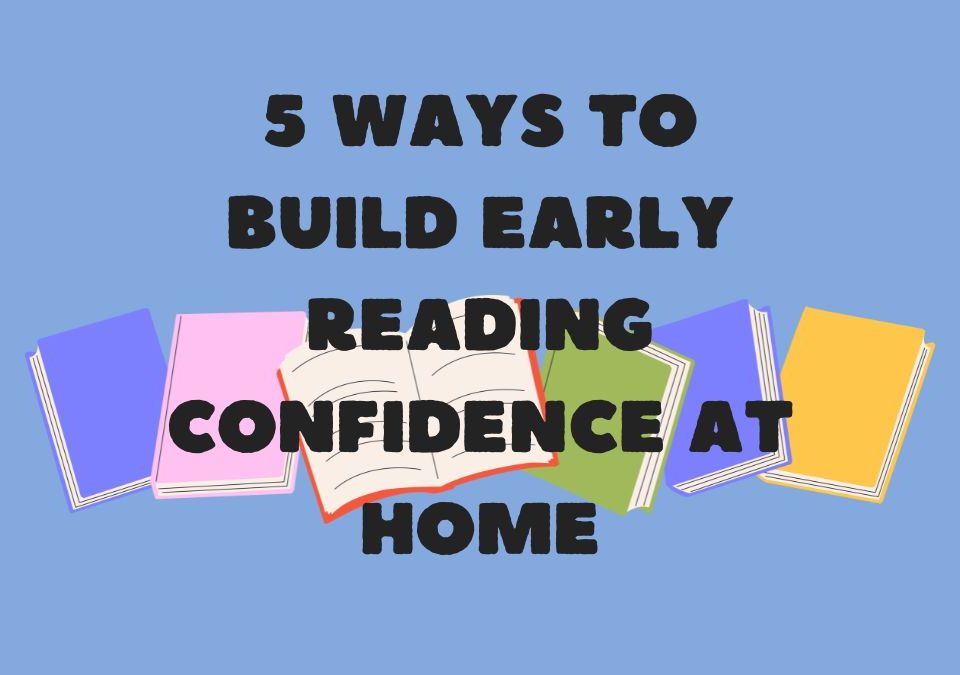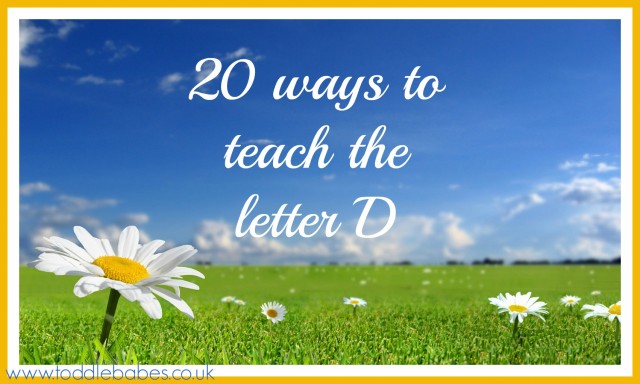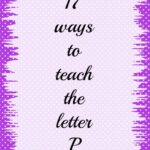
17 Ways to teach the Letter P
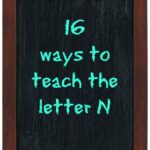
16 Clever and Easy Ways to Teach the Letter n
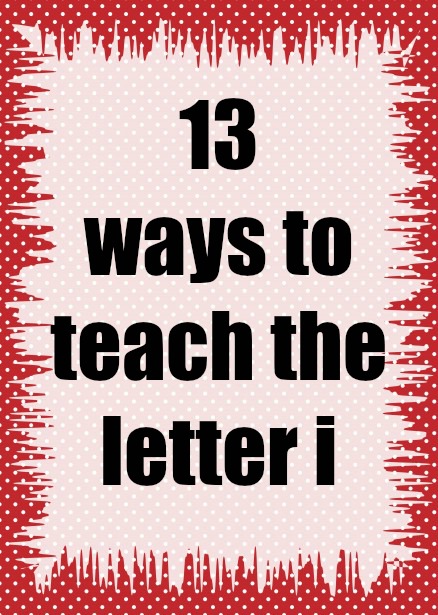
Teaching sounds and letters should be fun for both you and your child. Use art and crafts, physical activity and experiences to make the letter more real to your child. This post is about the letter ‘i’ and how to enjoy teaching it to your child.
How to teach the letter i
- Introduce the Sound: Begin by introducing the sound of “i” to your child. Pronounce the sound clearly and emphasize it in simple words that start with or contain the “i” sound, such as “igloo,” “insect,” or “iguana.” Encourage your child to listen carefully and repeat the sound after you.
- Visual Aids: Use visual aids to reinforce the sound of “i.” Display pictures or flashcards of objects or animals that start with the “i” sound. This visual representation helps children make connections between the sound and its corresponding words.
- Letter Formation: Teach your child how to write the letter “i” using correct letter formation. Demonstrate the proper way to write it by tracing the letter on paper or using interactive writing tools. Encourage your child to practice writing the letter “i” on their own, providing guidance and support as needed.
- Phonics Games: Engage your child in interactive phonics games that focus on the sound of “i.” For example, you can play “I Spy” where your child has to identify and say words that have the “i” sound. You can also create a matching game where your child matches pictures or objects to their corresponding “i” sound word.
- Word Building: Help your child build simple words that contain the “i” sound. Use letter tiles, magnetic letters, or flashcards with the letters of the alphabet. Start with three-letter words such as “in,” “it,” or “big” and guide your child in sounding out each letter and blending them together to form the word.
- Reading Activities: Incorporate reading activities that highlight the “i” sound. Choose age-appropriate books or stories that prominently feature words with the “i” sound. Encourage your child to identify and point out words with the “i” sound as you read together.
- Rhyming Words: Explore rhyming words with the “i” sound. Introduce simple word families like “-ig” (pig, big, wig) or “-it” (sit, bit, kit). Practice rhyming with these words, and encourage your child to come up with their own rhyming words using the “i” sound.
- Song and Movement: Sing songs or chants that focus on the “i” sound. Use catchy rhymes or songs that feature words with the “i” sound. Incorporate movements or gestures to make it more interactive and engaging for your child.
- Reinforcement and Practice: Provide ample opportunities for your child to practice the “i” sound in various contexts. Use the sound during everyday conversations, point out words with the “i” sound in books or signs, and continue to engage in phonics activities to reinforce their understanding and recognition of the sound.
13 Activity ideas
- Make ice cream…or even easier, eat ice cream
- Make coloured ice and let your child play with it as it melts
- find small objects that begin with ‘i’, as you say the objects name have your child place it IN a box
- Make an igloo out of packaging peanuts.
- Make an Indian headdress with feathers
- Draw a large jar on paper and have your child fill it with drawings/cutouts/stickers of insects
- Use an upside-down hand print as dripping ice cream and place it onto a cone shape card
- Draw an igloo onto paper, cut out squares of sparkly silver paper and glue them as the bricks to the igloo
- Blow up a balloon and place it into a cone-shaped piece of card. Stick colourful dots onto the balloon as sprinkles
- Trace over the letter ‘i’ on paper
- Cut out a large I and have your child glue insect pics onto it
- Draw the letter ‘i’ in some shaving foam on a baking sheet, and do some shaving cream art.
- Use toilet roll/ cardboard tubes and cut them into thirds, glue them to make an inchworm with pipe-cleaners as antennae
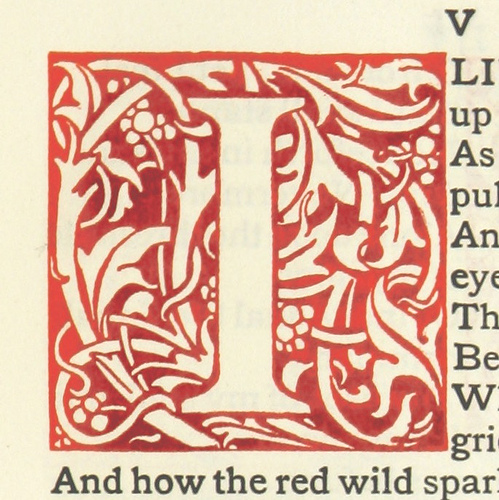
Remember to keep the activities fun, engaging, and age-appropriate for your child. Celebrate their progress and provide positive reinforcement as they learn and master the phonic sound of “i.”
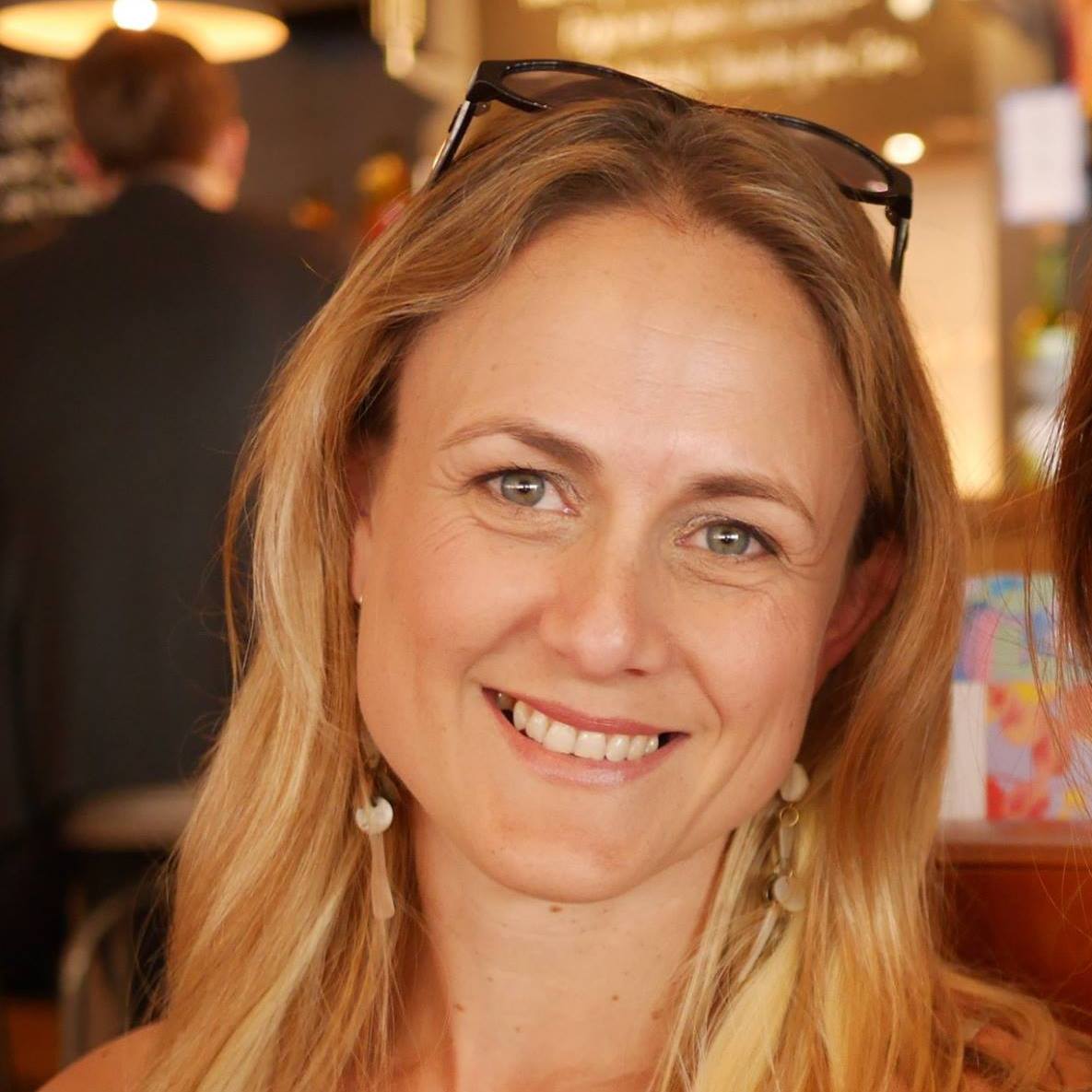
I am a preschool and primary school teacher and mum to 3 children. I have been involved in education since 1997 and have trained in a variety of educational specialist areas. It is with this expertise that I write articles to help parents and educators provide quality learning experiences for the children in their care.


